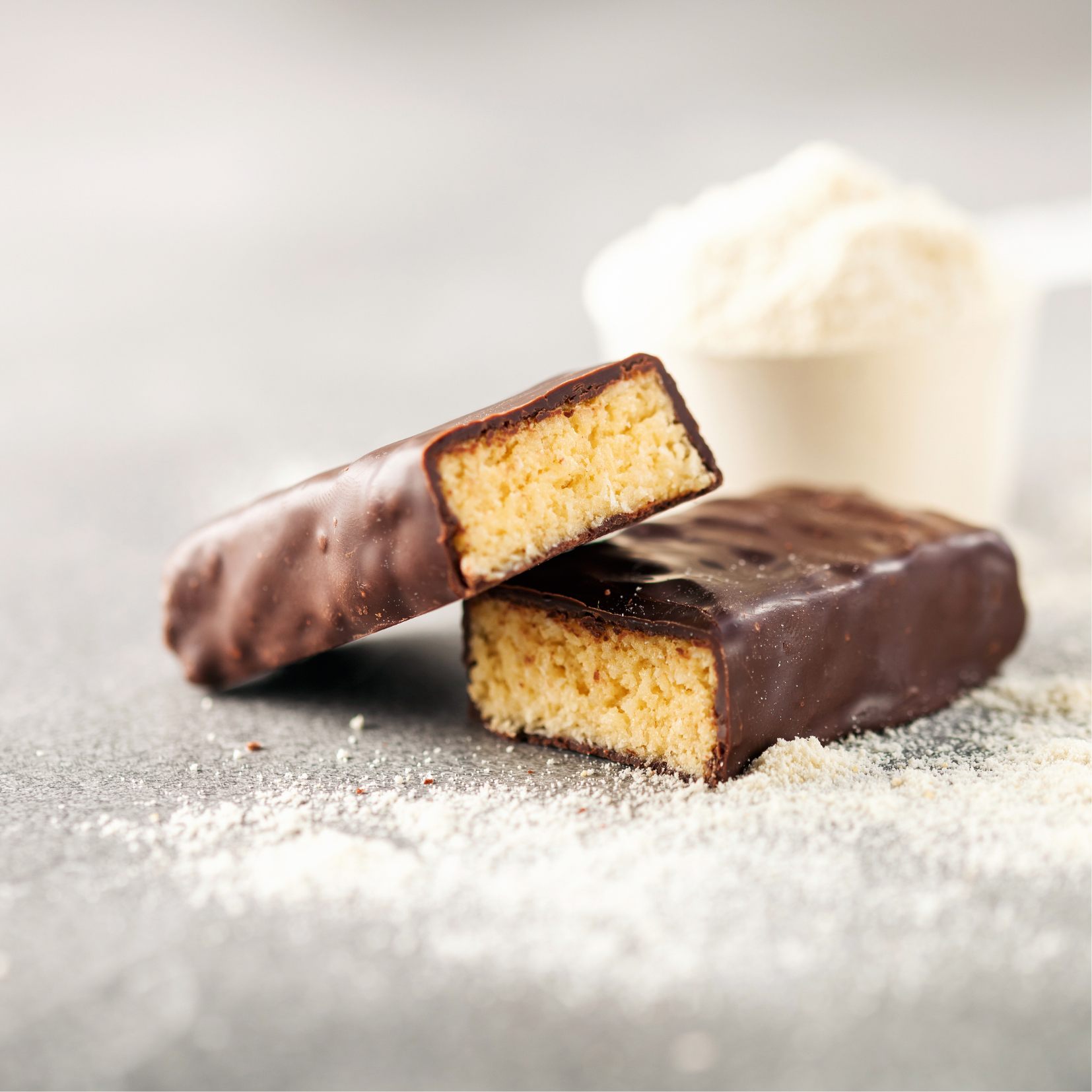Are you frustrated with endless stretching routines that seem to do little for your pain and flexibility? Imagine improving your mobility without having to dedicate extra hours to tedious exercises. What if you could enhance your mobility and even reduce aches and pains, all without overhauling your current routine? The good news is, you can. By integrating smart, effective mobility training techniques, you can unlock a greater range of motion and move more freely, without spending hours on warm-ups.
What is Mobility?
You can think of mobility as freedom of movement or uninhibited movement at a joint. While this is the scientific definition, the application of mobility lies in day to day movement. Bending down to pick something up off the floor, reaching to grab something off a high shelf, twisting, pulling, and more are all examples of daily activities that require sufficient mobility.
What is Stability?
Stability is the control you have at that joint. Stability requires coordinating actions of surrounding tissues, tendons, ligaments, and the neuromuscular system which work together to support the joint and protect it from injury. For example, the knee joint requires significant stability to support the body’s weight during activities like walking, running, or jumping.
What is Flexibility?
Flexibility is the absolute range of motion at a joint.
Most people think of static flexibility when they think about the term flexibility. The definition of static flexibility is, “holding the max range of motion at a given joint due to external forces” (a person, an object, you holding a stretch somehow).
Dynamic flexibility, on the other hand, is moving at the joint through the range of motion fully, versus holding. This is similar to the term mobility, but most definitions refer to flexibility as a passive event versus an active and controlled event like mobility.
Another aspect of flexibility is that it’s the temporary elongation of a muscle. An easy way to think about it is that flexibility is the ability to hold a stretch passively, and mobility work includes muscle control and the joints, tendons, and ligaments all working together. So, mobility work is active and includes the ability to take a joint through its full range of motion.
Mobility vs. Flexibility
So, flexibility is the distance a muscle can move, while mobility is the ability to move without restriction.
Another way to consider mobility and flexibility is that flexibility is typically describing the muscle, while mobility is describing action at the joint.
So if flexibility is more passive and mobility is active, we know that mobility also requires stability because of that active component.
Stabilize or Mobilize?
If the body senses instability, it’ll shorten your range of motion for a movement. It basically puts on the brakes so you don’t hurt yourself. For example, this if often why people quarter squat. They simply don’t have the strength and stability to control their bodies in those larger ranges of motion.
Certain joints require more stabilization while others require more mobilization. Joints that typically need more stability are those of the foot, knee, lumbar spine, cervical spine, scapula, and elbow. Joints that need more mobility are usually the ankle, hip, thoracic spine, shoulder, and wrist.
Too much mobility without enough stability can lead to joint injuries due to lack of control. Conversely, too much stability without enough mobility can restrict movement, leading to stiffness and decreased functional performance.
Mobility Exercises: Adding Mobility Work to Your Routine
Sometimes people avoid mobility work because they think they will have to add a ton of time to their workouts or find time later to do it, so it becomes a tedious task in their mind. It doesn’t have to be this way. You can train strength and mobility simultaneously. Mobility training is strength training; it’s simply training in larger ranges of motion. Incorporating mobility exercises can help those new to fitness ensure they’re practicing correct form and movement patterns right from the start and it can help those who have been training for years but haven’t fully embraced a full range of motion so they feel limited to stuck when it comes to their strongest positions.
Add effective mobility exercises into your warm-up
Make the mobility movements specific to what you are going to train for the day. Also, think dynamic mobility drills versus static hold drills. The last thing you want to do in your warm-up is static stretching. We want to prep the muscles for the workout ahead. This means moving the joints through a full range of motion, even during your workout prep!
Lower Body Workout Prep Example
Horse Stance Squat: This move has to be our favorite mobility move for the lower body! Not only does it stretch the adductors, but strengthens the hips, quads, and glutes! Talk about bang for your buck.
Peeing Dog: This one really strengthens the TFL and glute medius; basically the musculature surrounding the hips. You don’t want to stretch the hips without also strengthening them. This is a great prep movement because it gets the hips and glutes firing before heavy squats, deadlifts, or other compound lower body movements!
Upper Body Workout Prep Example
Table Top Bridges: This move is great for shoulder extension and learning how to retract the scapula. Place the hands on the floor with fingers facing forward and slightly outward. Lift the hips up while simultaneously pulling the shoulder blades down and pushing away from the floor.
Trap 3 Raise: This move will improve your overhead mobility while strengthening the muscles in the scapula at the same time. Set a bench at an incline and grab some light weights (you may even need to do these with no weight at first). Lie on the bench chest down. Pinch the shoulder blades back and down and lift the arms straight overhead with the thumbs facing the ceiling.
Ensure You’re Moving Through a Full Range of Motion
When you train, make sure you are going through a full range of motion. Joints remain healthy when they are moving through a full range of motion, often. If you don’t use it, you lose it!
Pair a strength movement with a mobility movement
Think of it as a strength and mobility superset. The mobility work will act as your active rest. Make sure you are resting fully after the mobility movement! If you find that you are not getting enough rest in between sets by doing this, you may need to choose a different way to add in your mobility work.
Example: Lower Body
A1. Back Squat x 5 reps (rest 30 seconds)
A2. 90-90 Hip Internal Rotation x 30 sec hold per side (rest 90 seconds)
Example: Upper Body
A1. Bench Press x 5 reps (rest 30 seconds)
A2. Lat/Tri Stretch x 40 second holds (rest 90 seconds)
Add more passive mobility drills towards the end of your workout
This is the time when you can add more passive stretches into your workout since your muscles and joints are already warm. Do them with intent. Don’t just sit there and hold a stretch for the sake of holding it. Breathe into the stretch and actively tense the muscles you are working on making more flexible.
Mobility work for the fitness enthusiast
We get it, if you’re like us you probably like to stay active every single day. Staying active should not look like intense workouts every day, though!
If you want to keep your routine of moving every day, mobility is the perfect way to do that on your recovery days. We don’t recommend doing a ton of intense mobility work, but picking certain moves that target your weaknesses is a solid approach. By understanding how to increase mobility effectively, you can maintain an active lifestyle while reducing the risk of overtraining.
Mobility Routine Example for someone who has tight/weak hips
90-90 Hip Internal Rotation Hold x 30 seconds per side x 3 sets
Hip Compression Lifts x 5 per side + 5 sec hold on the last rep
Hip External Rotation Drill x 10 reps per side + 30 sec hold on last rep
Mobility Routine Example for Someone who has a tight/weak thoracic spine
Lat/Tri Stretch x 60 sec holds x 3 sets
Table Top Drill x 10 reps + 20 sec hold on last rep
Weighted Pullover (hold a light weight) x 8 reps
Keep the more intense mobility movements in your training days. You don’t want to overdo it on the off days. Better recovery means more gains!
If you’d like to learn more about which joints to mobilize and how, check our our Stronger Than Your Boyfriend podcast, Episode 41: How to Incorporate Mobility Exercises Into Your Routine


